Budapest has been ranked as the ideal working holiday destination in 2024 by the International Workplace Group (IWG), thanks to its affordability, rich cultural history and stunning landscape. (Source: Depositphotos) |
Not only famous for its splendid architecture and unique culture, Budapest also possesses a little-known treasure: a giant underground cave system - a place where nature and history, geology and legend intersect.
With a network of more than 200 caves and more than 80 mineral springs, Budapest deserves to be one of the cities with the most abundant underground geological systems in Europe. From the hot springs that have created the characteristic "spa city" of Hungary, hundreds of caves have been formed and become an exciting destination for tourists who love to explore .
Labyrinth under the Buda Castle heritage
The maze-like cave system under Buda Castle. (Source: Daily News Hungary) |
Hidden under the hill of Buda Castle, the cave system here is a combination of natural limestone caves and wine cellars built 800 years ago. Three levels of caves are connected to each other to form a unique labyrinth: the first level connects to residential wine cellars, the second level is the main cave 12-14m deep, and the third level consists of natural caves that are less accessible to people.
Discovered in the 1930s, the cave system served as a field hospital during World War II. Today, visitors can visit the “Hospital in the Rock Nuclear Bunker Museum” – a living slice of history underground.
The 3km tour takes visitors through wine cellars, bunkers and even an underground prison. However, some areas, such as the National Archives bunker and the caves under the Vienna Gate, where the National Bank's gold was stored, are currently closed for security reasons.
Tunnel under Gellért Hill
The natural cave under Gellért Hill has changed a lot due to human intervention. (Source: Daily News Hungary) |
Beneath Gellért Hill there is also a remarkable tunnel system, though not as famous as the Buda Castle area. Dug in the 1960s and 1970s to serve the extraction of mineral water for the Gellért, Rudas and Rác baths, this system is also impressive because of the railway that transported the sauna equipment.
A branch of the tunnel leads to the Saint Iván Cave – nicknamed the “cauliflower cave” because of its strange cauliflower-like rock formations. This is a testament to how humans have seamlessly combined nature with the needs of urban life.
Rákosi Bunker
This was a secret project until the late 80s. (Source: Prt Sc/YouTube) |
Few people know that under the Pest district there exists a large-scale bunker called Rákosi, built in 1952, directly connected to the M2 metro line. Located 39m deep between Kossuth and Szabadság squares, this bunker once had the capacity to hold up to 2,200 people with a total area of nearly 4,000m².
During the Cold War, it was a strategic structure – now it is a fascinating part of Budapest’s underground history. Although not open to the public, it is regularly included in historical- military tours.
Kőbánya tunnel system
The Kőbánya underground system was created through limestone mining. (Source: Daily News Hungary) |
In the Kőbánya district, the underground tunnel system originated from limestone mining. After several collapses, the mine was converted into a storage facility for wine and beer. During World War II, it served as a secret military aircraft factory. Today, a section of the system, which is 33km long and 10-15m deep, is still used by the Dreher brewery. Parts of the system are now submerged, making it possible to explore by diving. It is also an ideal filming location thanks to its large, dark, cinematic atmosphere.
Pálvölgyi Cave
Stalactites in Pálvölgyi Cave, part of Budapest's vast underground cave network. (Source: Just Budapest) |
As the longest cave in Budapest with more than 32km of underground passages, Pálvölgyi Cave was discovered in 1904. With a stable year-round temperature of around 11°C, this is an ideal tourist destination for all seasons.
The cave features unique stalactites such as stone curtains, crystal structures and strange rock niches. Visitors can choose from a short 500m tour suitable for families, or an intensive cave climbing journey lasting several hours. In particular, archaeologists have discovered fossils of cave bears and many other ancient animals here, making this place both a natural beauty spot and a valuable archaeological site.
Molnár János hot spring cave system
Only certified cave divers are qualified to explore Molnár János Cave. (Source: Atlas Obscura) |
Located in the heart of Buda, Molnár János Cave is the world’s largest flooded cave, part of a system of mineral springs in the Buda area. The water temperature in the cave ranges from 20-23°C, although not boiling like a surface hot spring, it is still considered “warm” water due to being heated by underground geothermal heat.
The water source plays an important role in Budapest’s traditional spa system, especially the Lukács baths – a symbol of Hungarian spa culture. Much of the cave is underwater, only explored by professional divers. Geological studies show that Molnár János connects to many other underground water sources, forming a complex network under the city. Many sections are still being surveyed, promising to significantly expand our understanding of the area’s geology in the near future.
Far from what appears above ground, underground Budapest is a vibrant, mysterious world, a place that preserves the imprints of history and nature. For tourists who love different experiences, the journey to explore the system of caves and underground tunnels here is the ticket to go deep into a special capital on the old continent.
Source: https://baoquocte.vn/hungary-kham-pha-the-gioi-ngam-ky-bi-duoi-long-budapest-315906.html


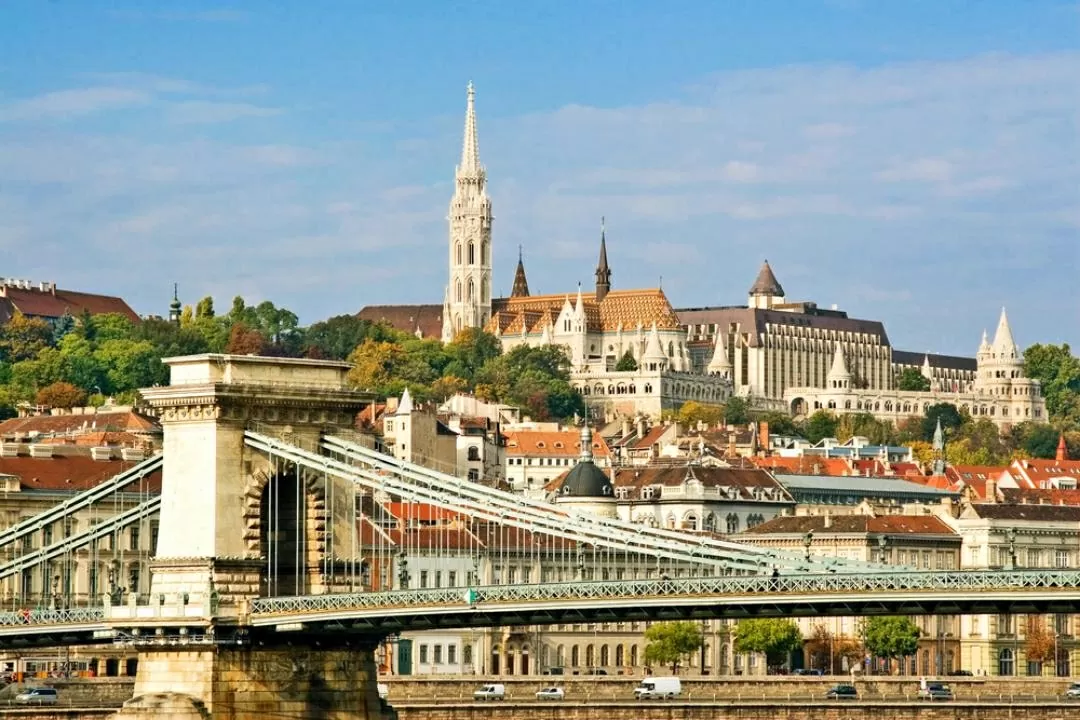
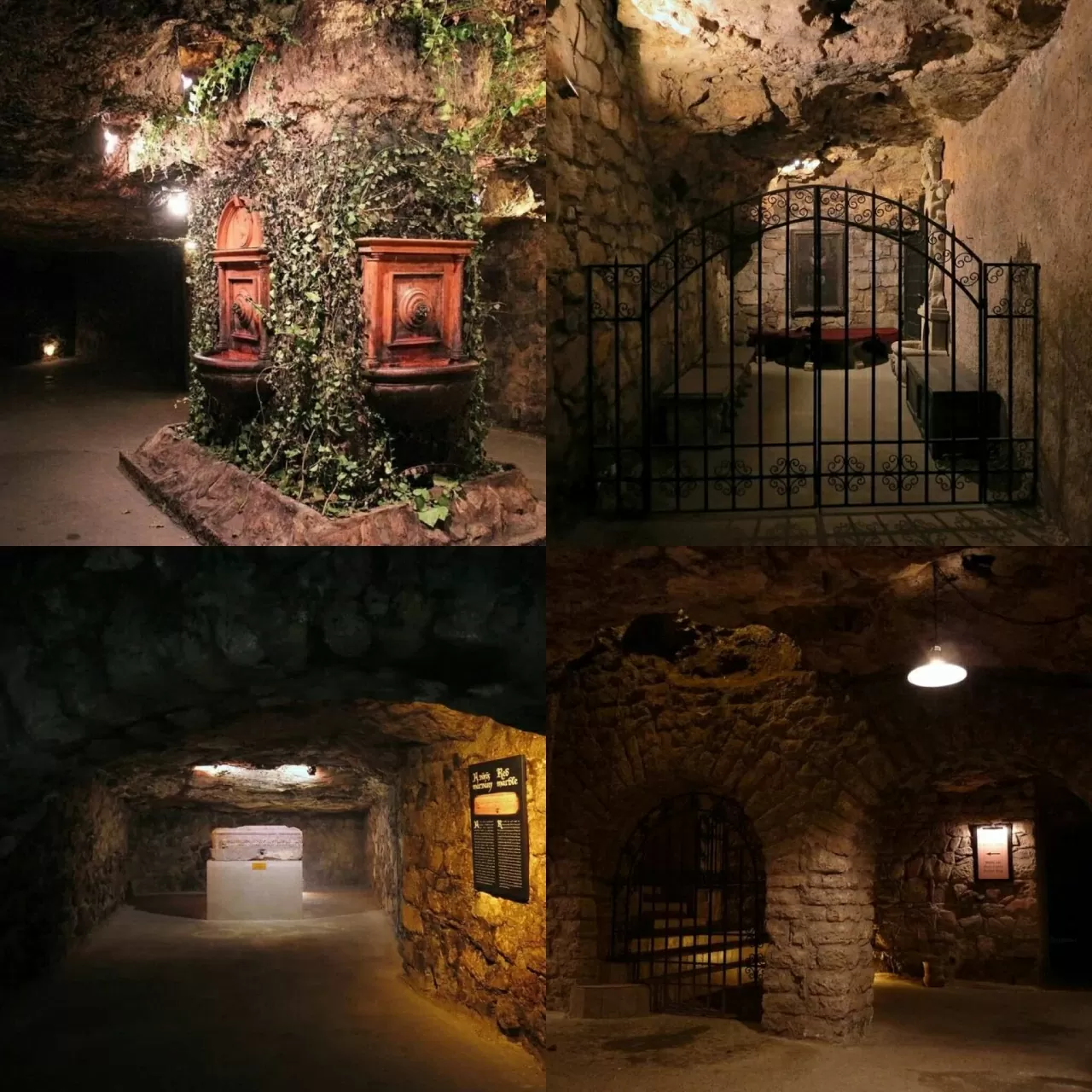
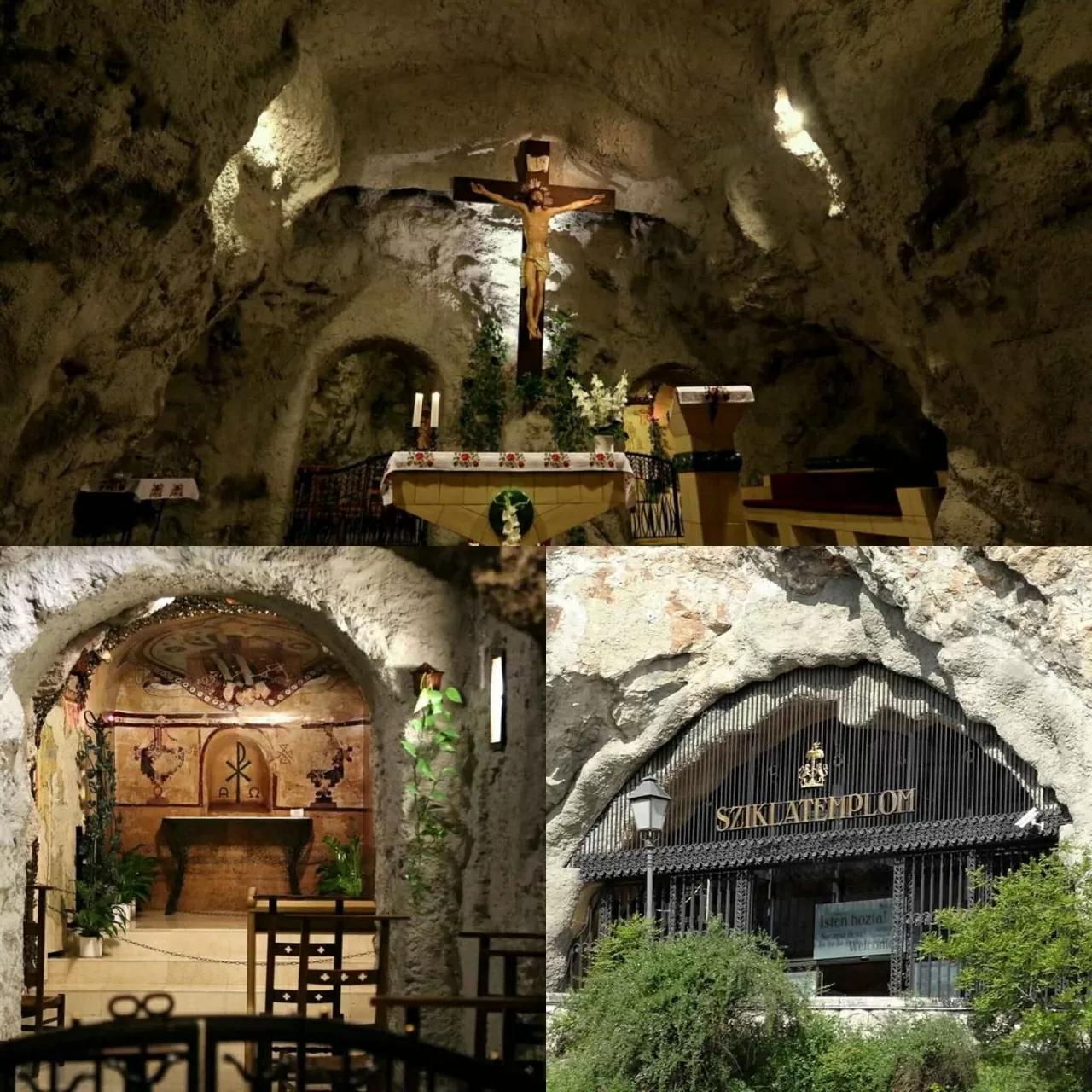
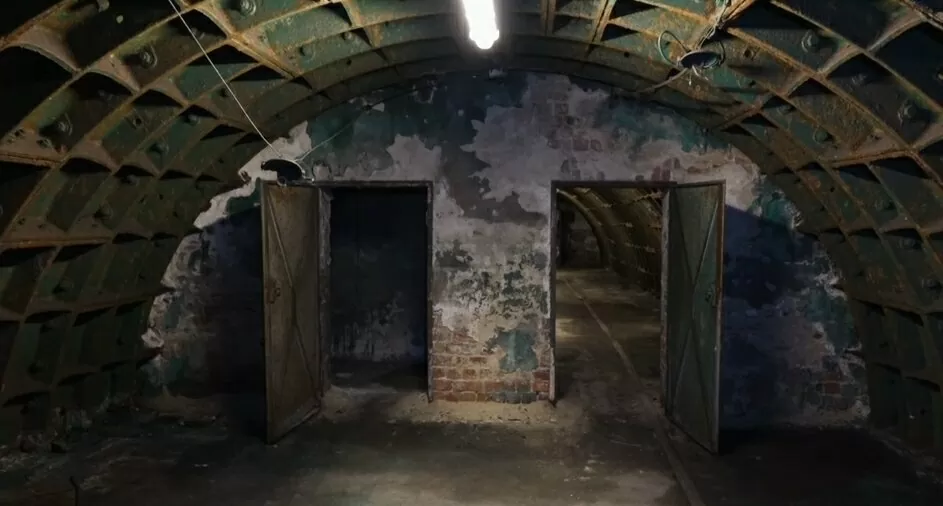
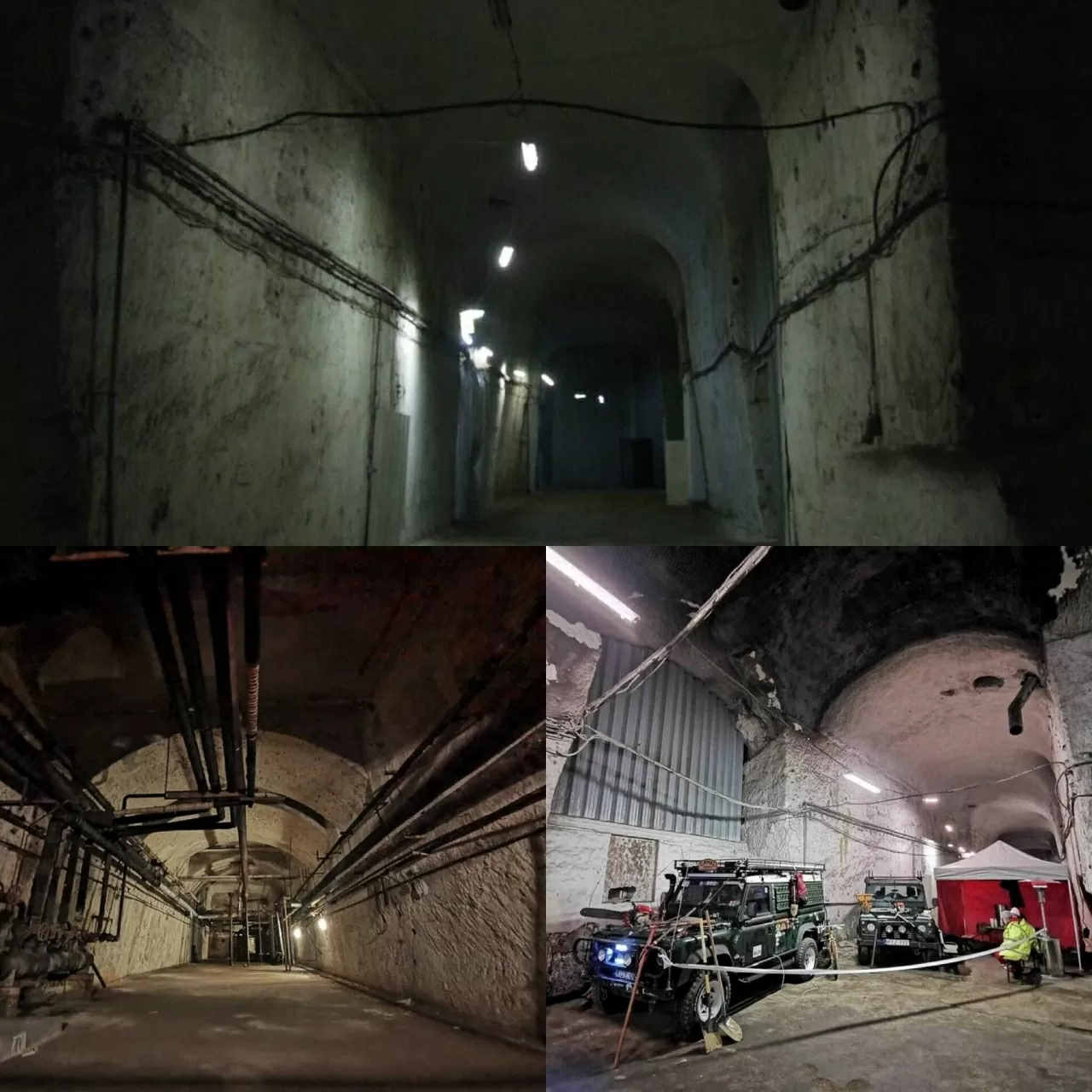

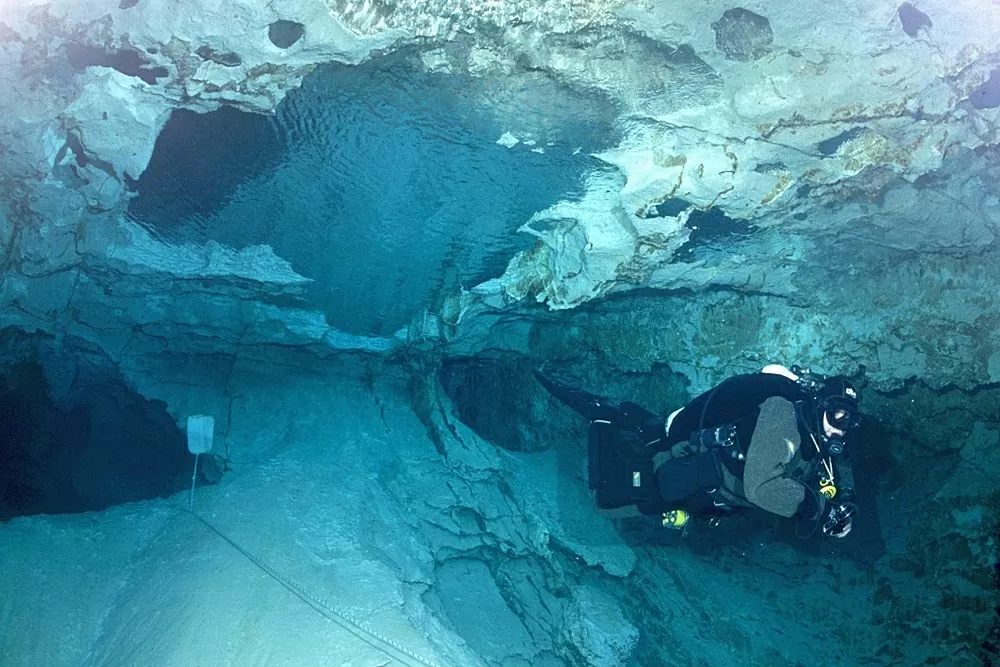
![[Photo] Solemn funeral of former Vice Chairman of the Council of Ministers Tran Phuong](https://vphoto.vietnam.vn/thumb/1200x675/vietnam/resource/IMAGE/2025/10/24/1761295093441_tang-le-tran-phuong-1998-4576-jpg.webp)
![[Photo] President Luong Cuong chaired the welcoming ceremony and held talks with United Nations Secretary-General Antonio Guterres](https://vphoto.vietnam.vn/thumb/1200x675/vietnam/resource/IMAGE/2025/10/24/1761304699186_ndo_br_1-jpg.webp)

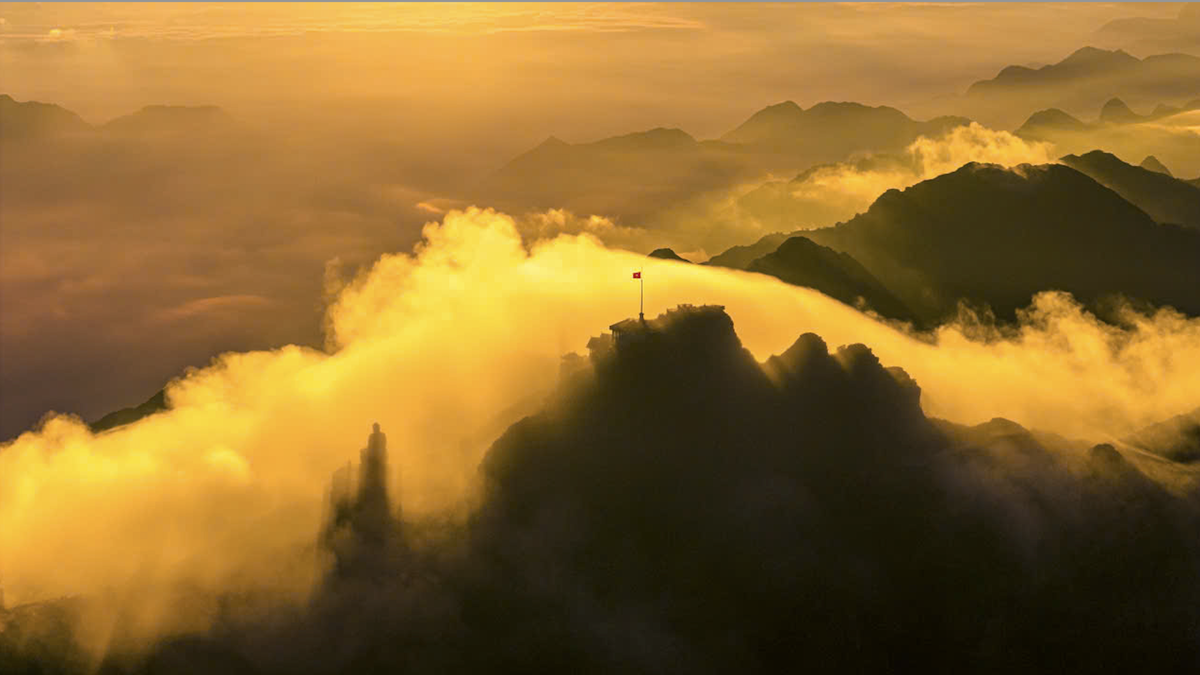
![[Photo] Prime Minister Pham Minh Chinh and South African President Matamela Cyril Ramaphosa attend the business forum](https://vphoto.vietnam.vn/thumb/1200x675/vietnam/resource/IMAGE/2025/10/24/1761302295638_dsc-0409-jpg.webp)
![[Photo] Prime Minister Pham Minh Chinh chairs conference on breakthrough solutions for social housing development](https://vphoto.vietnam.vn/thumb/1200x675/vietnam/resource/IMAGE/2025/10/24/1761294193033_dsc-0146-7834-jpg.webp)
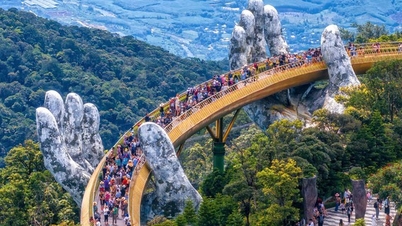



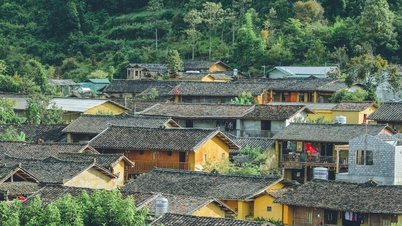










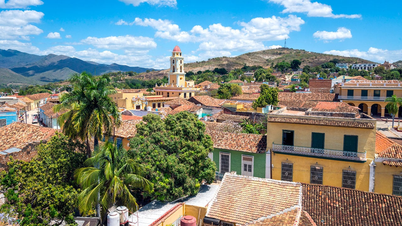

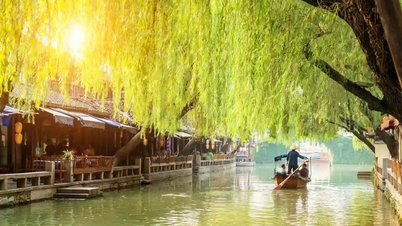
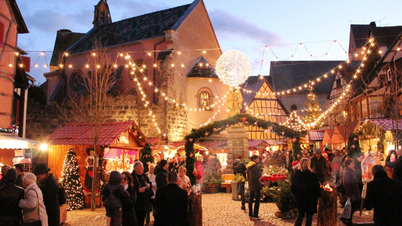











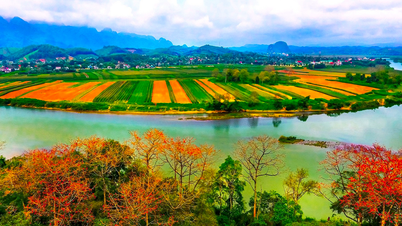




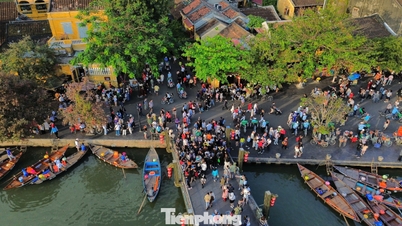






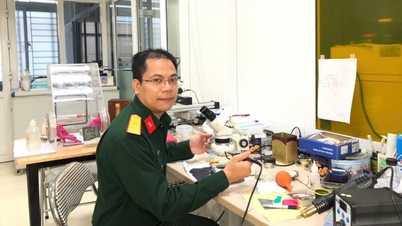






























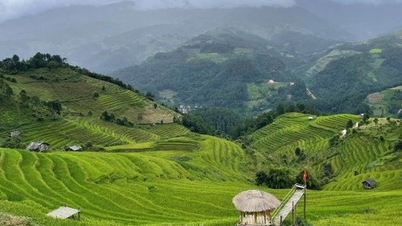




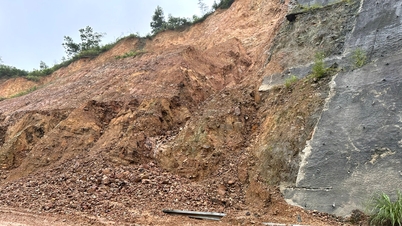






















Comment (0)